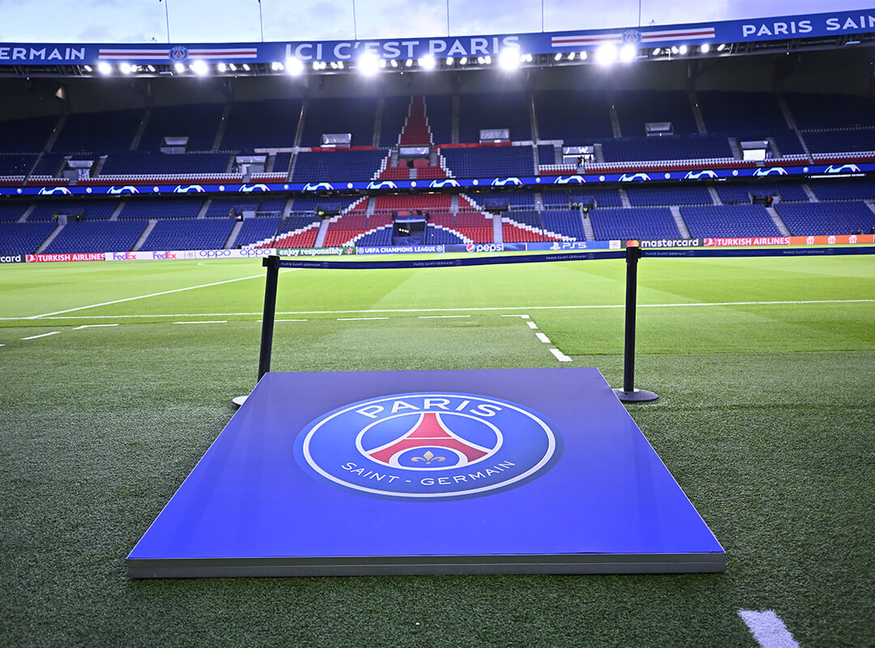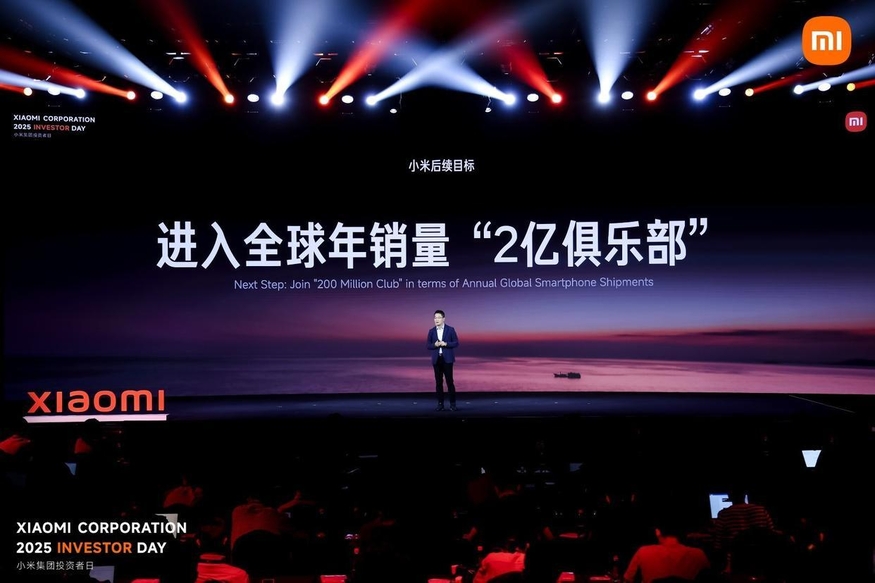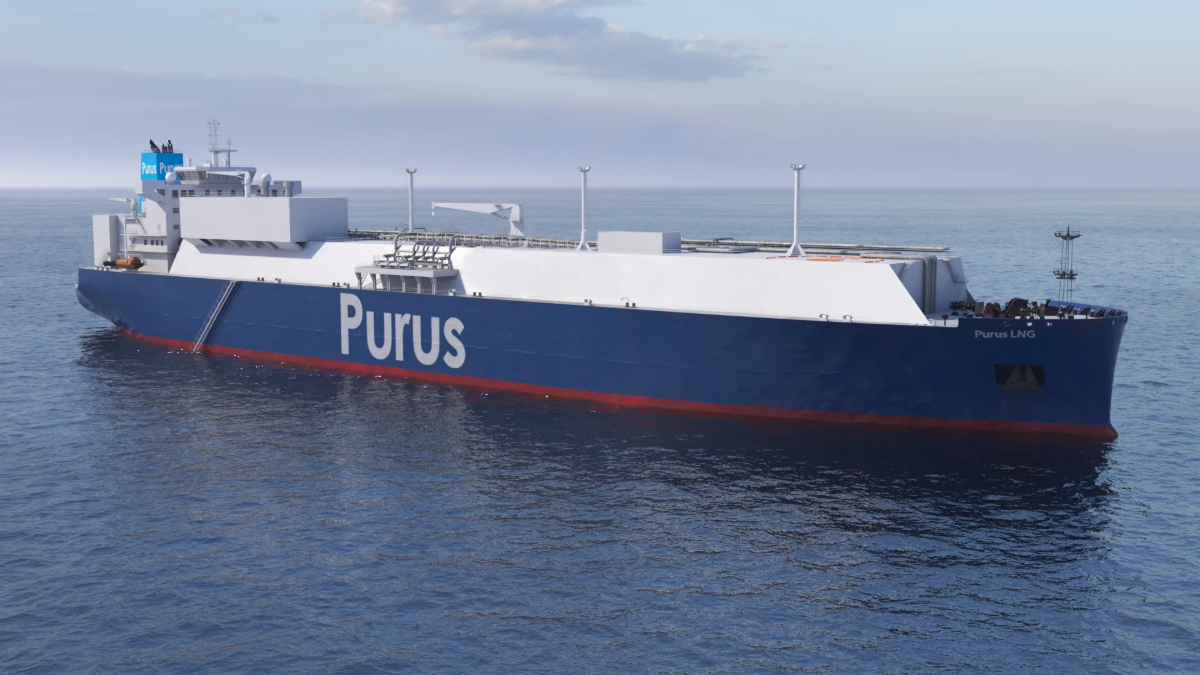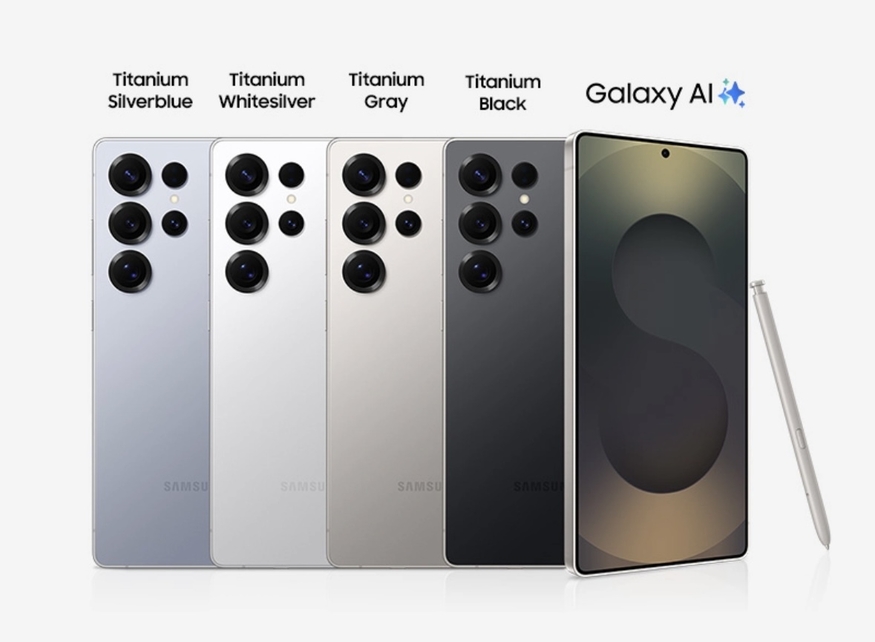
NVIDIA has teamed up with U.S.-based hard drive manufacturer Seagate to unveil a new storage solution designed specifically for artificial intelligence workloads. The companies demonstrated a system that offers faster performance and lower costs compared to traditional storage technologies.
According to Tom’s Hardware and other media outlets, Seagate showcased the system on March 20 at NVIDIA’s GTC 2025 event in San Jose, California. The demo featured an AI-optimized storage setup using NVMe HDDs, a significant step forward from conventional SATA or SAS HDDs, which struggle with slow transfer speeds and complex controllers-an issue in today’s low-latency, high-speed AI environment.
Seagate ‘s solution integrates eight NVMe HDDs, four NVMe SSDs, NVIDIA’s BlueField-3 data processing unit (DPU), and AI Store software. The system bypasses the CPU, allowing direct data access between the GPU and the HDDs via the DPU. This architecture enhances speed while simplifying management and cutting costs.
The demo proved the competitiveness of NVMe HDDs in handling large volumes of AI data. As generative AI drives demand for faster and more efficient data analysis, legacy storage systems fall short. The joint demonstration by Seagate and NVIDIA highlights NVMe HDDs as a viable alternative for AI workloads.
NVIDIA, already a leader in AI accelerators, is deepening its collaboration with storage powerhouse Seagate as it expands its AI infrastructure capabilities. At GTC, NVIDIA CEO Jensen Huang outlined the company’s roadmap to become a full-stack AI infrastructure provider. He announced next-generation AI accelerators: Rubin, expected in 2026, and Feynman, scheduled for 2028. Rubin is projected to deliver performance nearly 900 times greater than the current H100 Hopper chip.















